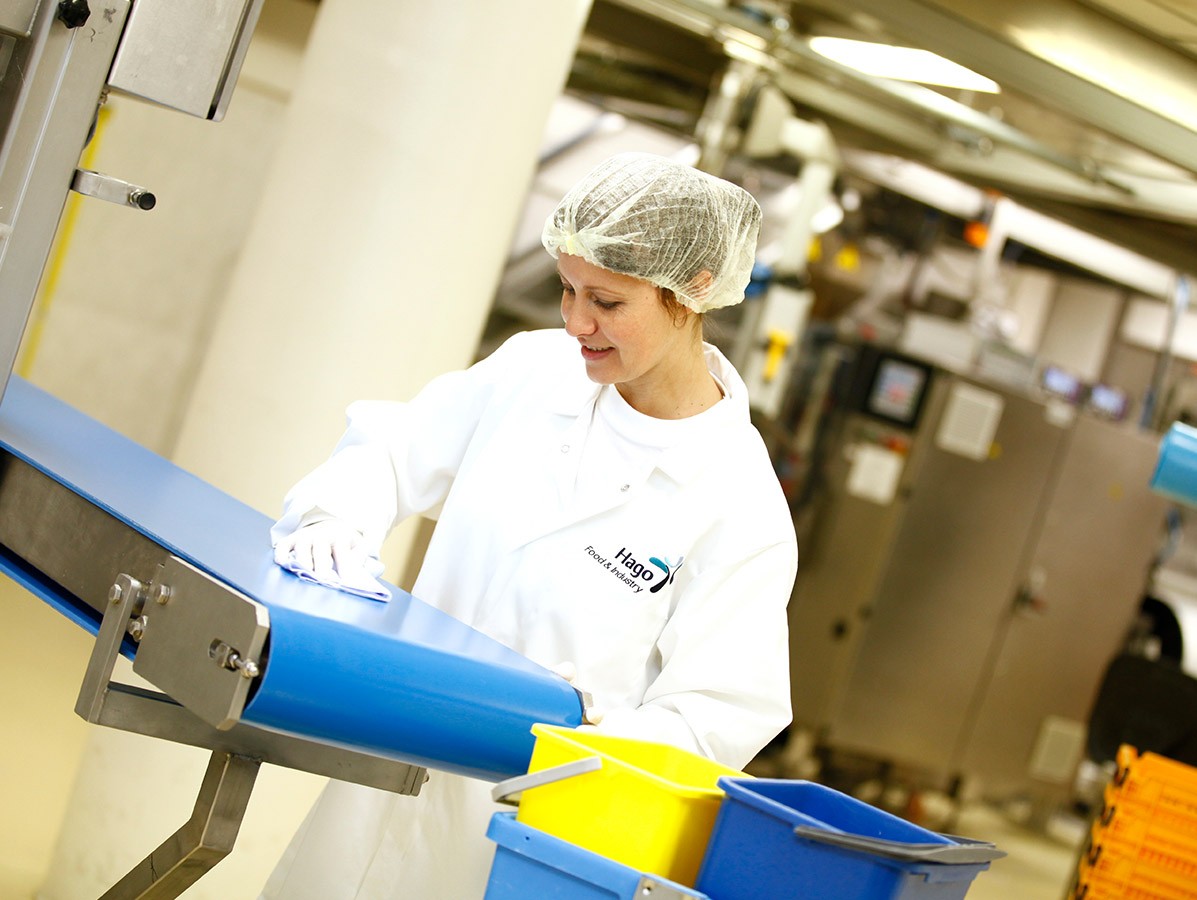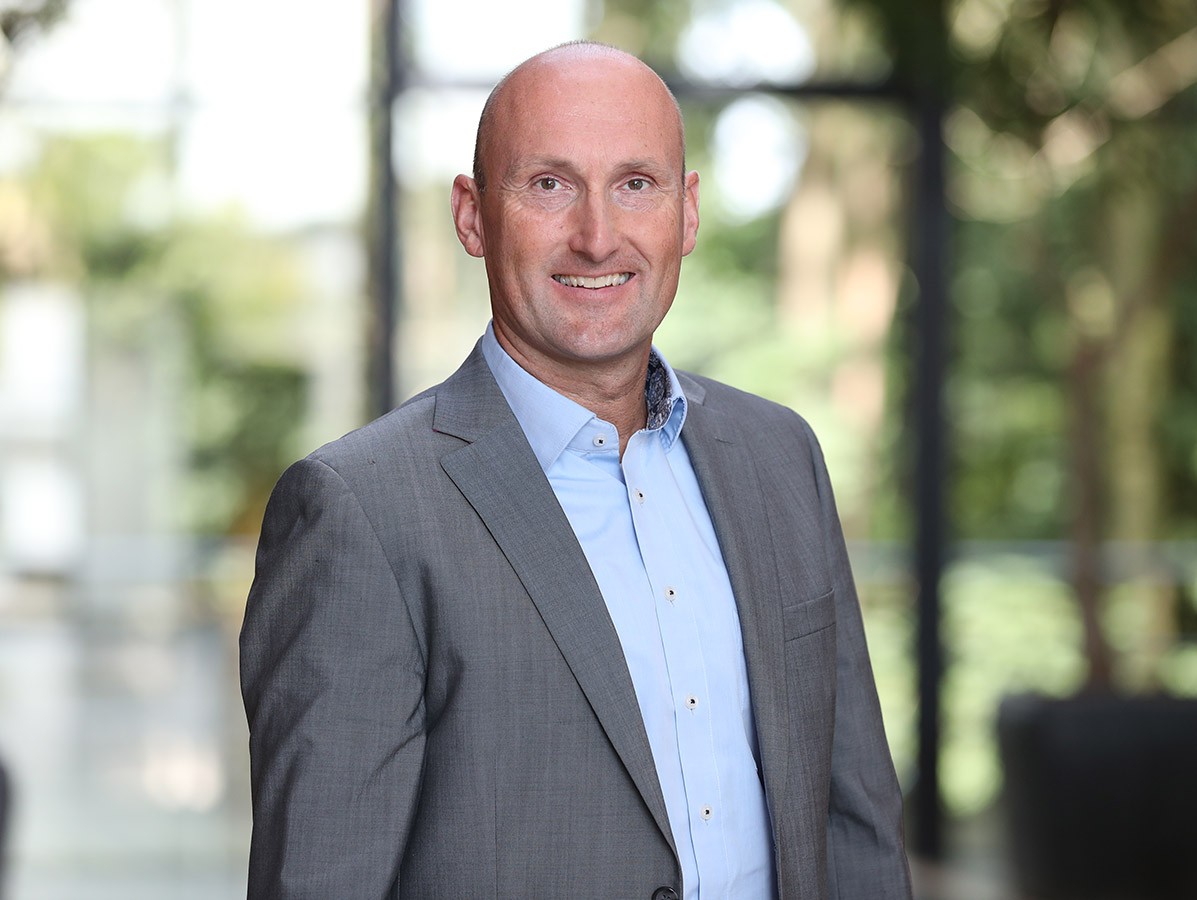
A vital element for good cleaning and a comprehensive hygiene policy is communication and the manner in which this takes place. Digital means are used to facilitate this communication as optimally as possible. Does this make the work of the cleaner any easier?
Within the food processing industry, cleaning and disinfection work is a specialism that, rightly so, is one of the focal points for a quality service and/or officer responsible for the production. "Whether the cleaning activities have been outsourced to a cleaning company or the own (production) staff take care of the cleaning is entirely irrelevant", says René Bakker, Account Manager at Hago Food and Industry. However, a shift is taking place: it used to be normal that production staff would do the cleaning after the production time whereas now, increasingly often, this work is done by an external and trained cleaning team.
When doing his/her job, the cleaner will really benefit from properly structured basic conditions of the so-called 'sinner circle' (pressure, temperature, chemicals, and time), which are the same every day. And, of course, other important prerequisites must be met as well, such as a hygienic design of the production area, the machines, and other equipment. Only then he or she can deliver the required quality. Assurance and control regarding the work activities are embedded in the organisation around the quality department and in a quality manual. And thanks to new technologies, digitisation, and far-reaching automated processes, there are many different tools to monitor and safeguard this assurance and control as well as the communication about it. Everything is being taken care of, on paper. But how does it work in practice?
René: "Giving sound direction, guidance, and instructions to the cleaning team is essential, whether they are own or external staff. But this is not always easy or self-evident. Nine out of ten times, this task proves to be at odds with the schedule of the person who is responsible for the cleaning within the organisation as it takes up much more time than expected. When the cleaning itself, or the steering, guidance, and instruction of the team is outsourced, it becomes even more important to maintain a good communication between the different departments and parties. Especially when intermediaries are used, knowledge about cleaning in the food industry and the specific production process is required; to take adequate control measures on a tactical and strategic level as well as creating a good communication culture.
Hago believes that all this must be carefully considered when structuring a communication matrix. Who talks to whom about what subject, and how often must this take place? "The input of all possible technologies should support the cleaner's work. That is not always the case."
"For us, the starting point for an organisation model is a flat model with a clear distinction between operational, tactical, and strategic cleaning issues. The cleaning organisation is based on the activities of the production department, as they are best served by a clean and food-grade production environment. When you want to build an organisation around the communication matrix, is it recommended to first define the control measures. This will keep the model lean and workable, with the right conversation partners at the top. In our opinion, the key to success is a direct contact between the cleaning company, cleaner, and client, without direct interference from third parties."

There is a traditional division between 'office maintenance' and 'specialist cleaning and disinfection'. René Bakker thinks that this division is not always justified. "You could think about hygiene barriers and dressing rooms where there are additional hygiene requirements. This is also something that needs communication. The cleaning market shows a shift to a broader range of tasks in order to link knowledge and experience as optimally as possible. Other facilitating tasks can be organised in an integrated approach from the cleaning perspective as they often take up the largest budget and require the same competency, which is communication with a focus on service."
With the increasingly stricter regulations and guidelines, much is expected from the cleaners. "In addition to cleaning a production line to a food-grade standard, the cleaner needs to register what has been done, consult with the client, suppliers, and his own manager, and suggest improvements. He must be able to enter relevant information using a smartphone and/or tablet and on machine displays. It begs the question whether we are not expecting too much from the cleaners. It would be a good thing when digitisation is also for the benefit of the cleaner, so he can do the job better and, preferably, easier as well."
René is convinced that just the collection of data must not be a goal in itself to safeguard the quality, "This should be top of mind during the selecting of a software package for the planning of cleaning tasks, the registration and visualisation of work instructions, the detection of deviations, the registration of results, and the quality assurance. Despite all this, the most important thing will still be communication, in real-time, while enjoying a cup of coffee or tea."
Source: © Hago Food & Industry